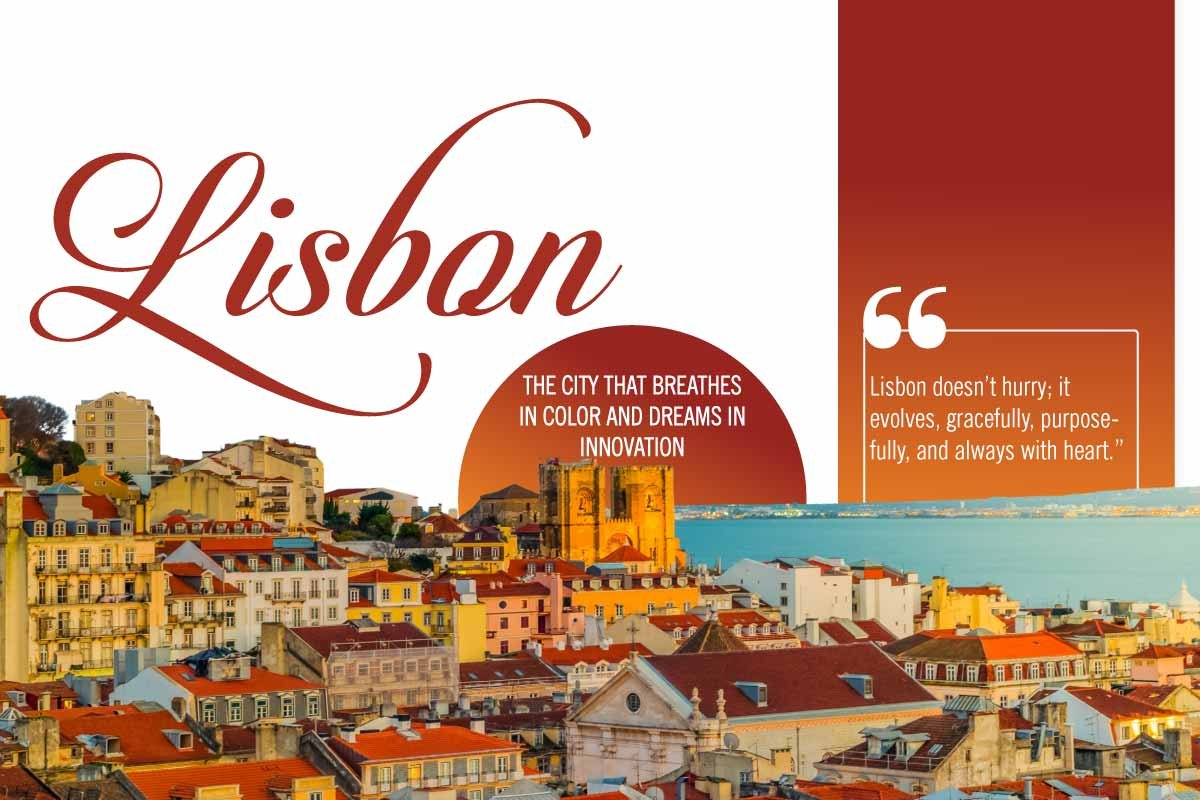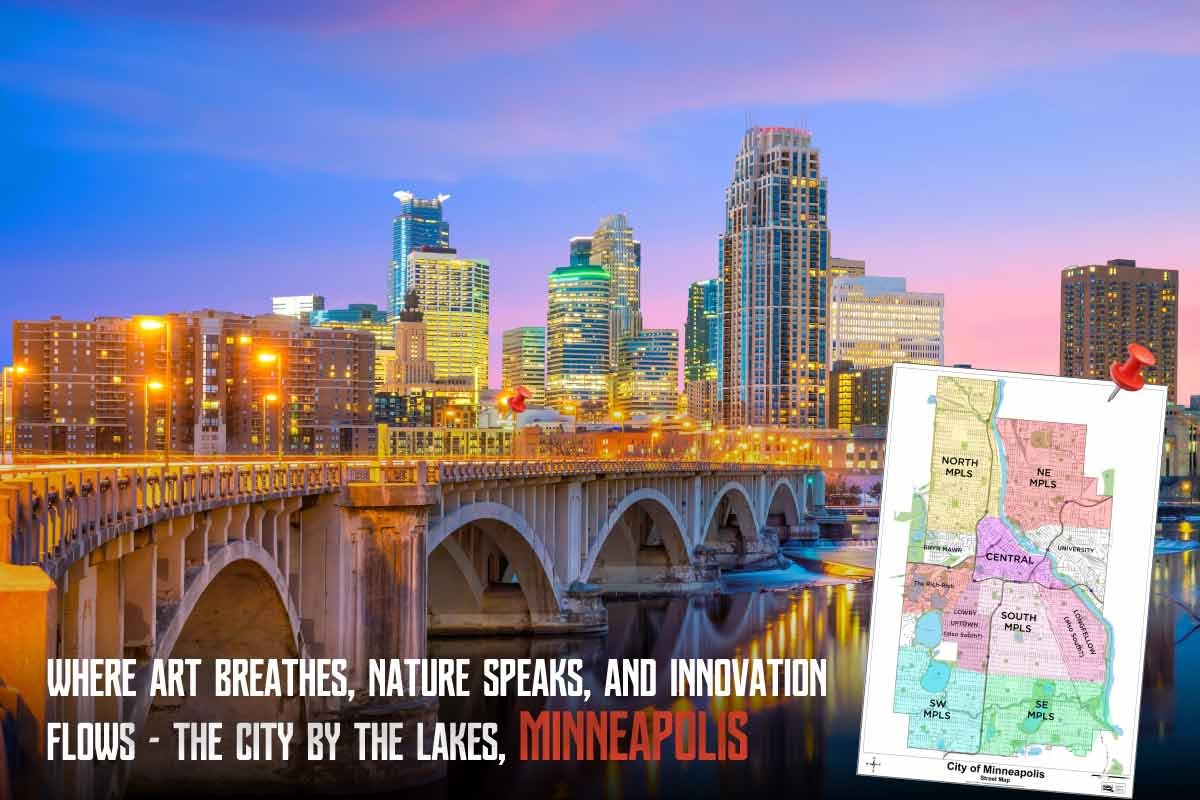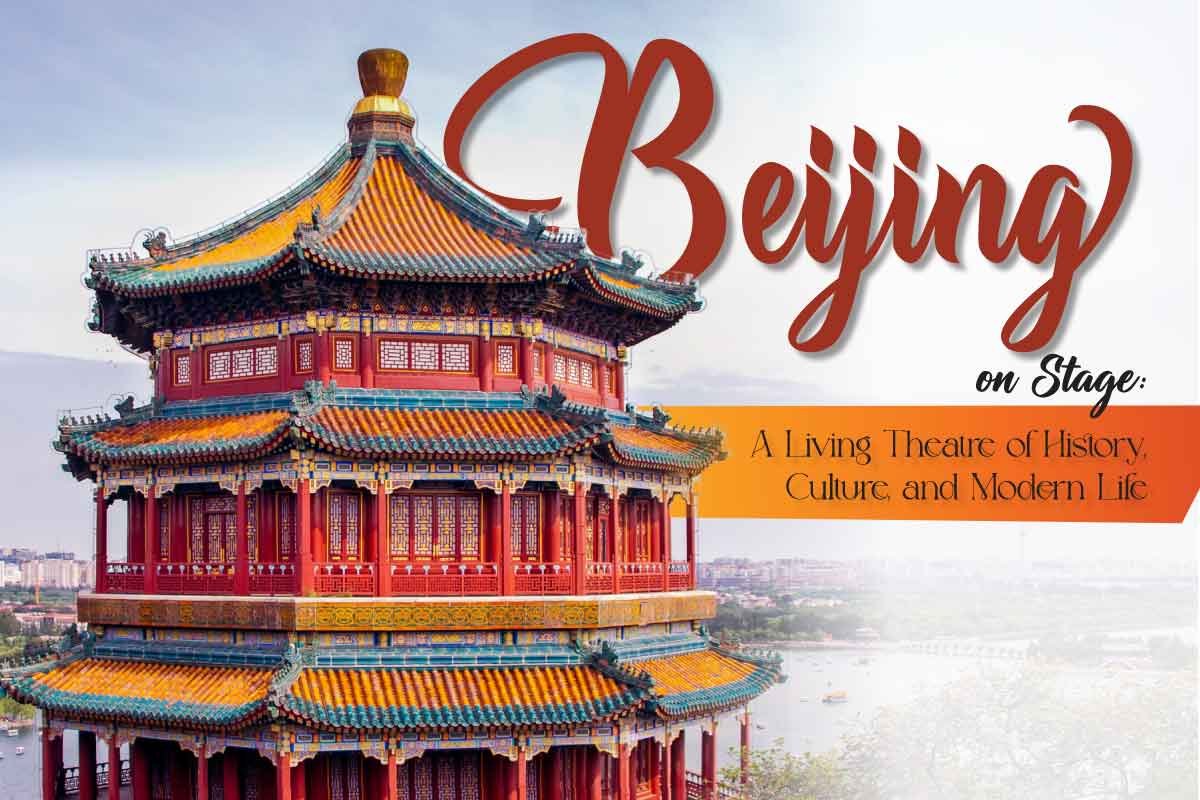Sprawling across two continents, Europe and Asia, is a city that sits on the Bosphorus Strait and is Turkey’s most populous city and cultural and financial hub – Istanbul. It is where the East meets the West, antiquity meets modernity and innovative ideas meet age-old traditions. Apart from its popular attractions and historical sites, it also offers an organic creative community, award-winning restaurants, and impressive galleries. In this article, we will learn more about this popular tourist destination, its history, culture & cuisine, and the essential tips for travelers.
Climate & Best Time to Visit
Istanbul’s climate is influenced by Mediterranean and oceanic weather patterns and has a transitional climate. This results in warm to hot, moderately dry summers and cool, frequently rainy winters. Mid July to Mid August experiences the summer season which can be hot and humid. January and February are winter months with occasional snowfalls. Throughout the year, the temperature ranges from 3°C to 29°C. Rainfall is common in the winter season while late spring and early autumn have low precipitation and more comfortable temperatures.
The best time to experience its beauty would be between March to November (spring and autumn seasons). During these months, the weather is typically mild and pleasant, making it ideal for outdoor activities and sightseeing. September and October are said to be lovely months, as the summer crowd has diminished but the weather remains warm enough for outdoor dining and boat trips along the Bosphorus.
The Rich History

Istanbul was historically known as Byzantium and later Constantinople. It has a rich and complex history that spans over thousands of years. The city was originally founded by Greek colonists from Megara around 660 BC, who named it Byzantium after their leader, King Byzas. Its strategic location along the Bosphorus Strait made it an ideal site for trade and military defense. Archaeological evidence suggests that the area was inhabited as early as 3000 BC.
Byzantium flourished and became a major trading hub. In 330 AD, Roman Emperor Constantine the Great refounded the city as Constantinople, making it the capital of the Eastern Roman Empire (Byzantine Empire). This period saw the city grow in wealth and cultural significance, becoming a center for Christianity.
The city remained a pivotal center until it was conquered by the Ottoman Empire in 1453 under Sultan Mehmed II. This marked the end of the Byzantine Empire and the beginning of a new era, which became the capital of the Ottoman Empire. The Ottomans transformed the city, adding magnificent structures such as the Hagia Sophia and the Topkapi Palace, and it became a melting pot of cultures. The city continued to thrive until the collapse of the Ottoman Empire in 1922. In the following year in 1923, it was officially renamed Istanbul and became a part of the Republic of Turkey. Today, it is Turkey’s largest city and a vital cultural and economic center.
The Cultural Heritage
Being the most populous city in Turkey, it houses people from different backgrounds, creating a space where different religions can coexist. The majority of its residents practice Islam while in minority religions, Christianity has the largest presence. Other religions like Jewish, Hinduism, and Buddhism contribute to the cultural mix.
The city is a melting pot of nationalities, with nearly 200,000 foreigners from over 60 different countries calling the city home. This mix of cultures leads to a rich exchange of ideas and traditions. People of various faiths often engage in each other’s cultural celebrations. There are many significant religious sites to visit to explore its culture.
1. Bosphorus
Istanbul’s Bosphorus boat tours are a popular activity for tourists who want to experience the city’s rich culture. It offers a great opportunity to see important landmarks that represent the city’s rich history and heritage. You can view some of the famous sites like Rumeli Hisarı, Anadolu Hisarı, Büyük Mecidiye Mosque, Küçüksu Pavilion, and Beylerbeyi Mosque.
2. Topkapi Palace
The construction of Topkapi Palace began in 1460 and was completed in 1478 after the city was conquered. For 400 years, it served as the center of education, administration, and the arts in the Ottoman Empire. In 1985, UNESCO added Topkapı Palace to its World Heritage List.
3. Istanbul Archaeology Museum
The Archaeology Museum, which is managed by the Turkish Ministry of Culture and Tourism, is located in the Sultanahmet district. It is considered one of the top ten museums in the world and is designed specifically for showcasing its collections. Visitors can see beautiful artifacts that span from Mesopotamia to Anatolia, making it a must-visit destination for anyone interested in history.
4. Grand Bazaar

It is the oldest and largest shopping center, having a history of over 500 years. For centuries, it has served both the people of Istanbul and tourists. If you’re visiting for cultural experiences, you’ll find many items that reflect the city’s culture here. It features a wide variety of shops, like jewelers, gift shops, and many more.
5. The Blue Mosque
The Blue Mosque, located directly across from Hagia Sophia, is a popular destination for many visitors. It is one of the most significant buildings in Istanbul. It was constructed by Ottoman Sultan Ahmet I between 1609 and 1616 and is a great example of classic Turkish architecture & is the first mosque to be built with six minarets.
6. Hagia Sophia
The Hagia Sophia Museum is very important to both the Christian and Muslim worlds. It was built for the third time by Emperor Justinian between 532 and 537. For 1,000 years, it was the largest cathedral in the world. After Istanbul was conquered in 1453, it was converted into a mosque. In 1935, it became a museum.
The Diverse & Mouthwatering Cuisine
Its rich history and its diverse culture have a big influence on its cuisine. The city’s food scene reflects its Ottoman heritage and the myriad cultures that have passed through its gates over centuries.
Turkish cuisine is renowned for its diversity, showcasing a variety of dishes that range from hearty meals to exquisite desserts. In Istanbul, you can find traditional Turkish dishes and influences from Mediterranean, Balkan, Middle Eastern, Central Asian, and Eastern European cuisines. Here are some dishes you must try.
- Kebabs: A staple of Turkish cuisine, kebabs come in various forms, including shish (skewered) and döner (rotating meat).
- Lahmacun: Often referred to as Turkish pizza, this thin flatbread is topped with minced meat, vegetables, and spices.
- Meze: A selection of small dishes served as appetizers, meze can include items like hummus, stuffed grape leaves (yaprak sarma), and various dips.
- Baklava: A sweet pastry made of layers of filo dough filled with nuts and sweetened with honey or syrup, baklava is a must-try dessert.

Finding the Perfect Stay
Istanbul is a city filled with numerous bucket-list-worthy places. Choosing a place to stay will depend on your preferences, whether you want to enjoy historic sites or indulge in cultural fests, and your budget. Here are some of the recommended places for you to choose from.
Galata in the Beyoglu District: Galata is a great area for first-time visitors. It has nice cafes, pretty cobblestone streets, and beautiful old buildings. It’s very close to Istiklal Street and easy to reach by metro or tram, making it simple to travel anywhere.
Fener & Balat in Fatih District: The colorful houses in Fener and Balat make this area a must-visit. It’s also a wonderful place to stay. You’ll find unique cafes and restaurants, and you can experience local life without the big crowds. Many buses and ferries, including ones to Üsküdar on the Asian side, connect this area to the rest of Istanbul.
Osmanbey/Kurtuluş in Şişli District: It’s very well connected to public transport, with the metro and buses nearby. Taksim Square is just one stop away from the metro, and you can reach the historic area of Sultanahmet in about 30 minutes by metro and tram. There are also many great places to eat, along with cute cafes, bars, and taverns. Plus, the trendy neighborhoods of Nişantaşı and Beşiktaş are close by.
Tips For Travellers
- Before you go to Istanbul, check the visa rules for your country. Many travelers can get an e-Visa online, which is easy and quick. Just make sure to verify the latest requirements before your trip.
- The official currency is the Turkish Lira (TRY). Credit cards are accepted in many places, but having some cash for small shops, markets, or traditional areas is a good idea.
- Turkish is the main language, but many people in tourist areas speak English. Learning a few simple Turkish phrases can make your visit more enjoyable and is often appreciated by locals.
- It is a modern city, but it’s important to dress respectfully, especially when visiting religious sites like mosques. It’s recommended to wear modest clothing, and women should bring a scarf to cover their heads when entering mosques.
- It has a great public transport system, including trams, buses, ferries, and the metro. Get an Istanbulkart, a reloadable card that works on all public transport, to make traveling easier and cheaper.
- Tipping is common. In restaurants, leaving 10-15% of the bill is typical. For small services like taxi rides or at hotels, rounding up the bill or giving small change is appreciated.
Istanbul sees the mix of European and Asian cultures and is the heart of Turkey. With several historical and cultural sites to explore, along with beaches and great cafes and restaurants, it can be a perfect spot for your next vacation or weekend getaway.


















